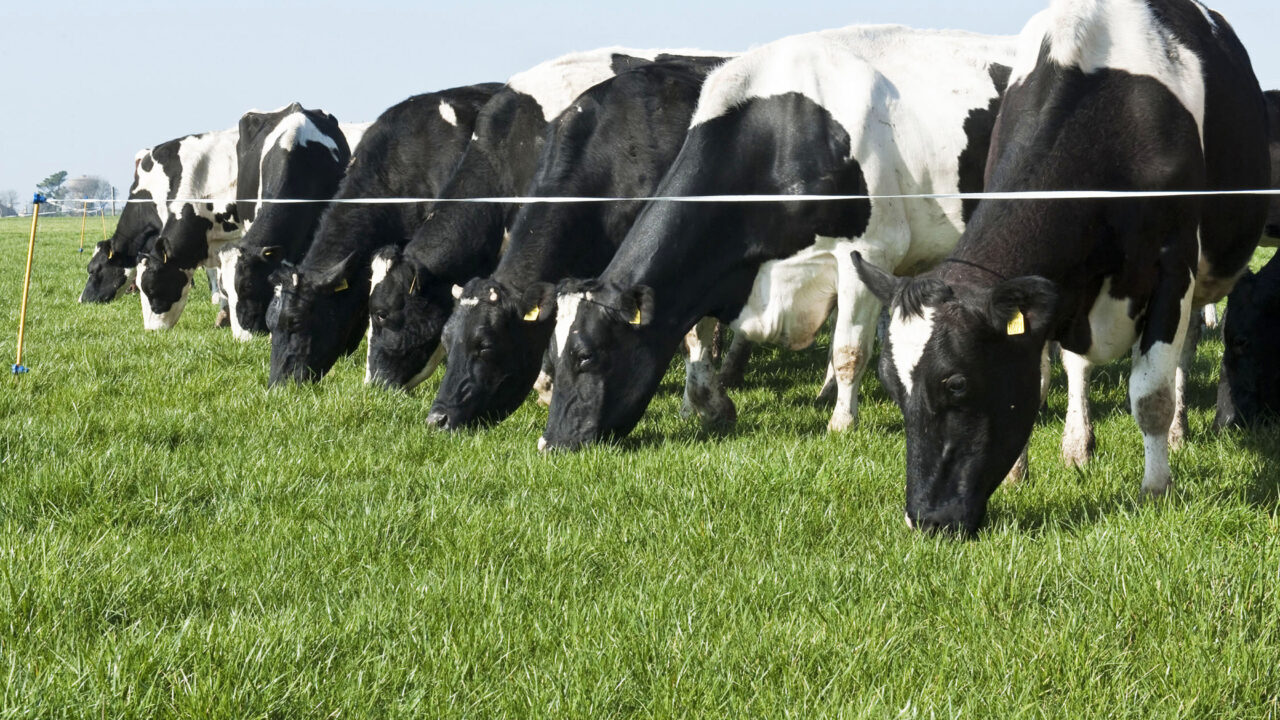Liver fluke disease causes annual losses estimated to be around €2.5 billion to livestock and food industries worldwide and is costing Irish farmers at least €90m every year, according to Animal Health Ireland.
At this time of year dairy and beef farmers start to realise that their cows are likely to be carrying an infection of liver fluke, according to Catherine O’Leary veterinary advisor with MSD Animal Health.
“Despite the prolonged periods of dry weather during the summer, it does not mean that farmers can forget about the risk to cattle from fluke this winter. The risk might be greater than it seems at first. Last winter, was generally mild and wet, the ideal conditions for overwinter survival of fluke themselves in a resistant form and also for the mud snail, the intermediate host for fluke.”
Grazing animals would, therefore, have picked up significant infection despite the dry summer, she says. “Concurrently, this autumn has brought warm wet weather which lends itself to an increase in the prevalence of mud snails in the pasture and this in turn increases the possibility of cattle becoming infected with fluke.”
Despite a dry summer, high levels of fluke are being reported this year and farmers are being advised to assess their risk profile for fluke now. Catherine said there is a lot of confusion among farmers at the moment about fluke. “As it was a dry summer, there is a perception that it is not necessary to dose for fluke this year. In truth the situation is the polar opposite of this perception. Liver fluke infection has always been associated with wet weather, wet land, and the west of Ireland but this is not the case.”
Catherine outlined that anecdotal evidence coming from meat factories suggests that there is a high incidence of liver fluke, with around 50% of cull cows’ livers infected. This information is coming to us from veterinary practitioners at the coal face of the meat industry, she said.
“Yes, it has been a dry year so farmers think maybe they don’t have a fluke problem, but the only way to know is with faecal samples and/or to follow animals to the slaughter plant.
“It is very important for farmers to realise what product they are using and why they are using it. Every product has its pros and cons, such as they kill different stages of fluke (early, immature and adult fluke). Repeat dosing is necessary in most cases as there is are usually fluke left behind regardless of the product used. Products also have varying meat and milk withdrawals so farmers need to cognisant of this.”
Dairy farmers, she said, are restricted with the products they can use and the timing of them. “Cows can be treated during lactation. However you should talk to your vet if you need to treat milking cows.”
“This means, they have only very limited options when selecting a licensed flukicide, as concerns about chemical residues entering the milk supply chain mean that many, flukicides are no longer licensed for use during lactation.
“As both chemicals only kill the mature stage of fluke a two-dose programme given approximately eight weeks apart is usually required.
“The appropriate use of flukicides such as Zanil (oxyclozanide) will help to prevent and control fluke problems in cattle. But, farmers need to remember that adult animals do not develop an immunity to liver fluke.”
She advised that Zanil is administered as an oral drench and can be given to both cattle and sheep at any time of the year but if given at housing, the dose should be repeated eight to 12 weeks later in order to control any immature fluke which may have been present at housing.
It can also be used in pregnant and lactating animals, and in dairy cattle, where the milk withholding period is 72 hours (three days).
